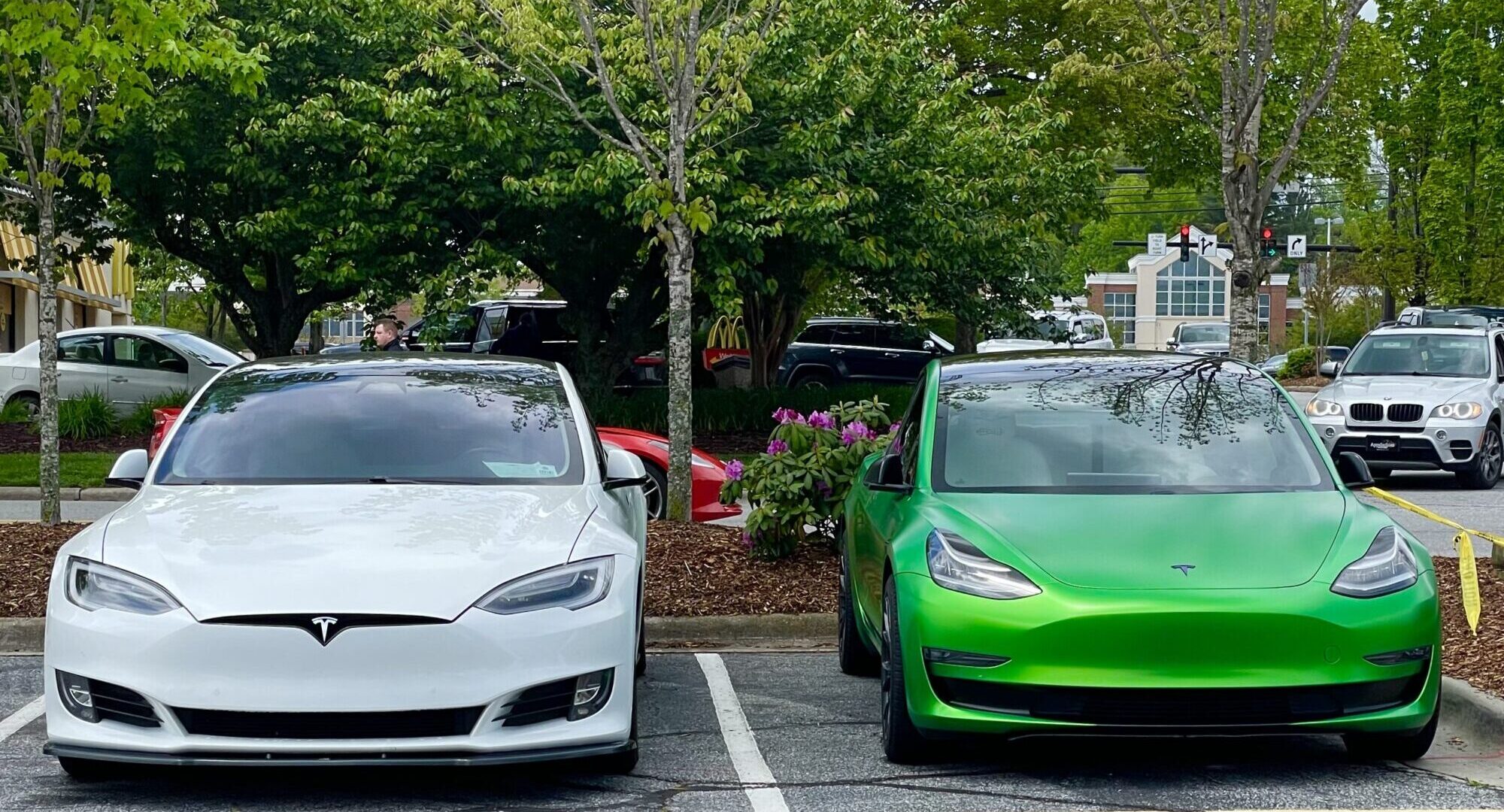 Tesla began 2023 by making major price cuts to its entire lineup, subsequently charging its record-breaking sales in the first and second quarters of the year. The automaker’s multiple rounds of price cuts throughout this year have opened up discussions about what some call “dynamic pricing,” as a part of the company’s unique direct-to-consumer sales model.
Tesla began 2023 by making major price cuts to its entire lineup, subsequently charging its record-breaking sales in the first and second quarters of the year. The automaker’s multiple rounds of price cuts throughout this year have opened up discussions about what some call “dynamic pricing,” as a part of the company’s unique direct-to-consumer sales model.According to Automotive News, Tesla sold 889,015 vehicles throughout the world between January and June, marking a record-breaking pair of quarters. Industry estimates suggest that Tesla has captured around 60 percent of the U.S. electric vehicle market share in the first half of the year, along with the Model Y surpassing the Toyota RAV4 as the best-selling non-pickup.
The company’s success this year can be attributed in part to its ever-changing prices and incentives, and company executives say the dynamic pricing model will be around for the foreseeable future. The sales model has garnered a fair amount of industry attention, and it has even forced other automakers to grapple with whether or not to reduce their prices, too.
“Tesla is the brand that broke the mold, but now they are doing the same things that virtually every automaker has done,” said Edmunds Director of insights Ivan Drury. “The moment you start to do this it becomes an addictive way to sell cars, but there are repercussions.”
The pricing model has helped keep demand for Tesla’s vehicles high, though some argue that consumers may become frustrated seeing new cars drop beneath values that they themselves paid for the vehicles. This makes the dynamic pricing model extremely delicate, balancing consumer appeal with inventory levels and overall demand, as explained by S&P Global Mobility analyst Stephanie Brinley.
“When you make pricing changes that hurt residual values, over time you’re going to end up with angry customers,” Brinley said. “And if you’re adjusting your pricing too much, then consumers get confused or don’t really trust that the price they’re getting today is the best price they could get. Maybe it will be better in a week.”
Still, Tesla’s direct-to-consumer model also has benefits of its own, as well as some drawbacks, according to JD Power VP of Data and Analytics Tyson Jominy.
“One of the strengths of the direct-to-consumer model is that you get total channel profits both as a manufacturer and a retailer,” Jominy said. “Where the direct-to-consumer model falls apart really quickly is whenever you get inventory building. As inventories have started to rise on average for Tesla, they have been very aggressive on prices to keep their lots moving. They have to be very proactive.”
Jominy posits that we’re likely to see even more price cuts in the coming months, with Tesla and many traditional auto brands seeing their dealerships reach peak levels of inventory. This, he explains, could even push legacy automakers to follow suit with Tesla, making even more aggressive price cuts to their own lineups.
“At the end of June, we’re seeing close to 90 days’ supply of EVs on dealer lots,” Jominy said. “So maybe we’re going to start to seeing some aggressive pricing actions here in the third quarter.”